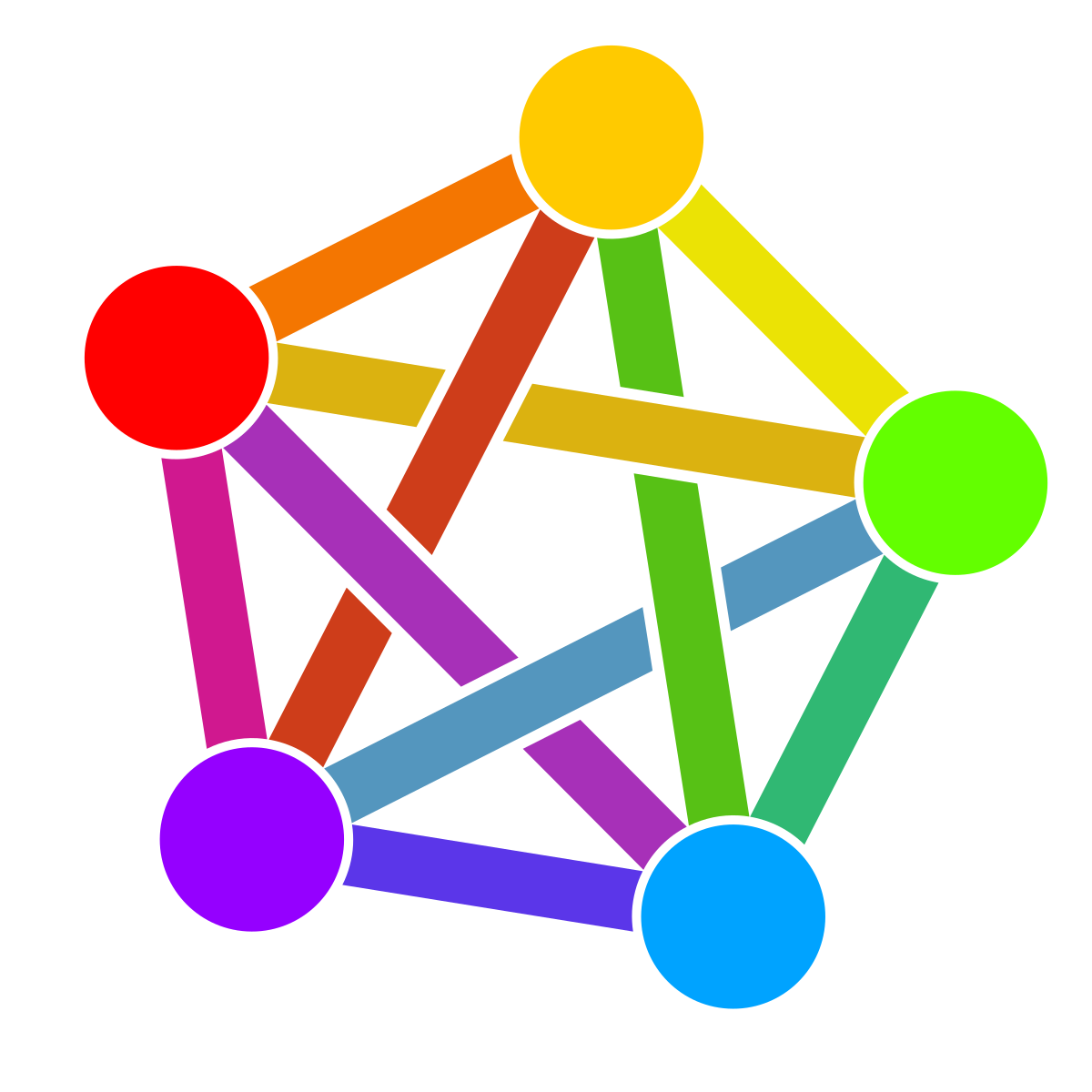it’s a shame ReactOs is only in alpha and FreeDOS is single-tasking. it’s probably sacrelige to say this in a linux community but i wish we had foss os options that are to DOS and CP/M what modern linuxes are to Research Unix
_NetNomad
FM Chiptune Musician | DX Complex Staff | SEGA, MSX and Retro Tech Dork | He/Him
Formerly _NetNomad@kbin.run
Microblogging at _NetNomad@oldbytes.space
https://netnomad.dxcomplex.com/
On mbin, it’s very easy to accidentally boost (retoot) posts, and mbin doesn’t seem to propogate undoing that. any boosts you see from this account when viewing on mastodon et cetera are finger fudges, sorry!
- 0 Posts
- 101 Comments
why would you post something so ominous

 22·13 days ago
22·13 days agoeast and eastn’t

 2·19 days ago
2·19 days agoa close cousin of the recorder is the tin whistle, and listening to a minute of mary bergin’s whistling will quickly shatter any illusion that fipple flutes are toys

 162·30 days ago
162·30 days agoi’m suprised no one seems to have point-blank asked him who his parents were in court, or if they did why that wasn’t the beginning and end of the case

 14·1 month ago
14·1 month agoit’s fascinating, the game gear itself actually has a “TV Mode” that’s activated by holding down a certain signal on the cartridge bus which bypasses the z80 and VDP and chucks a digital RGB signal and some kind of custom timing information straight to the screen

 11·2 months ago
11·2 months agoreminds me of the scots wikipedia, which as of 5 years ago was 50% nonsense written by a kid from the US. except now they’ve found a way to automate it, yay!
this guy hates
look at the comic again. the orphan being launched has their arms raised and is going “aaaaaaahhhh” like on a rollercoaster. clearly having fun!/profits have nothing to do with it, this is the most ethical way to handle the situation

 6·2 months ago
6·2 months agoand yet i went to the store today and they had no gamecube games???

 6·2 months ago
6·2 months agoaw hell! K&T are great, that’s a real shame

 7·3 months ago
7·3 months agoappropriate given they’ve been screaming “DON’T YOU WANT ME” at disinterested parties all this time

 2·3 months ago
2·3 months agosomething that i think gets lost in the sauce in thrse discussions is whether fun is derived from playing or winning. people are comparing Silksong- and to get ahead of it right now i haven’t played and am not criticizing either of the Hollow Knights- to old arcade and early console games and their legendary difficulty, but a lot of those games were meant to be complete and fun experiences even if you game over very early on. they also didn’t have levels full of bespoke Stuff in them, it was the same few tiles and entities in different configurations., so being stuck on level 1 didn’t mean you were missing out on a narrative and worldbuilding. with how the lines have blurred between games and narrative art forms in the last few decades, there are different incentives at play and someone stuck on world 1 of SMB isn’t missing out nearly as much as someone stuck on whatever the first stage of Silksong is. it’s all ultimately apples and oranges

 2·3 months ago
2·3 months agothank you!

 7·3 months ago
7·3 months agocan anyone recommend a good read into the actual developments happening with ATproto as of late? i’ve seen a lot of insisting lately that things are changing/have changed but no one’s saying what exactly is or has changed

 25·4 months ago
25·4 months agowhat confuses me the most about these videos is the call to action. go back? that’s not how time works!

 8·4 months ago
8·4 months agoanyone interested in this should also check out Star Garden, which combines elements from the original Air Ride and the a-life features in the Sonic Adventures, a very dangerous combination for gamecube kids



this is especially appropriate considering Donkey Kong was almost a licensed Popeye game